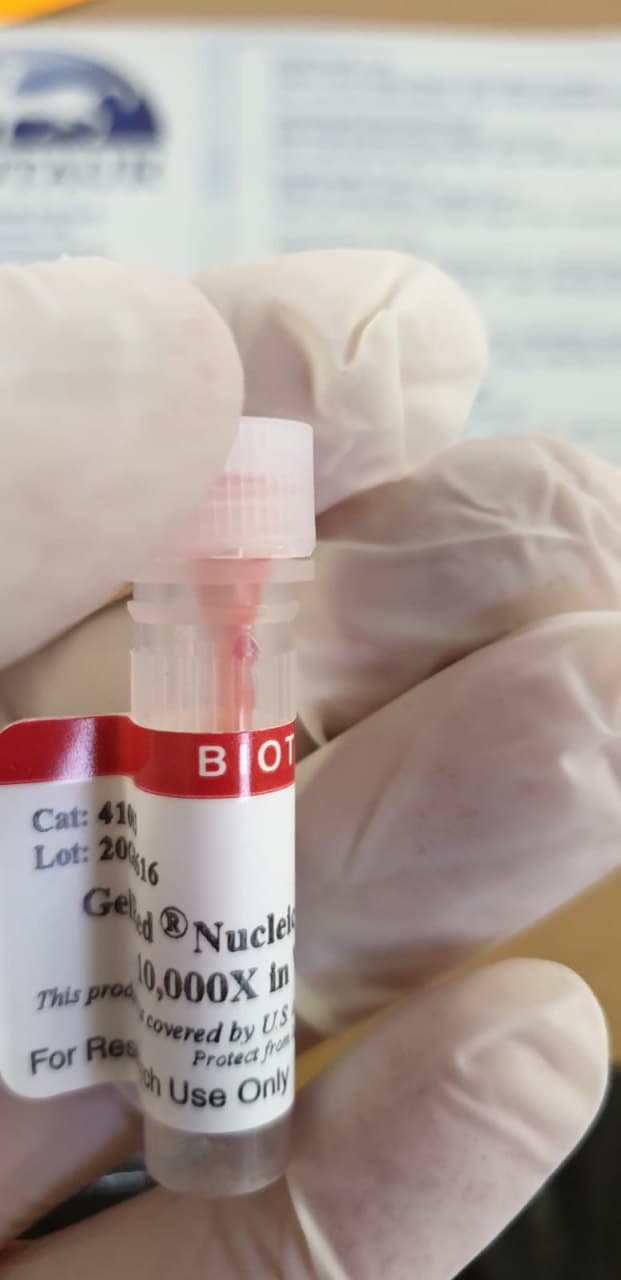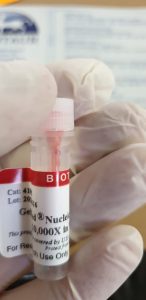PCR tests
Adenovirus infections:

What are the Adenovirus infections?
Adenoviruses are DNA viruses that are classified according to the presence of 3 major antigens in the capsid (hexone, pentone, and fiber). There are 7 species of human adenoviruses (A to G) and 57 serotypes. Different serotypes are associated with different diseases.
In general, the infection is contracted by contact with secretions (including on the fingers of infected patients) from an infected person or with a contaminated object (eg, towels, instruments). The infection can be transmitted by air or water (eg, by swimming in lakes or swimming pools without adequate chlorine). Asymptomatic respiratory or gastrointestinal viral desquamation can continue for several months or even years.
Signs and symptoms
In immunocompetent hosts, most adenovirus infections are asymptomatic. When infections are symptomatic, a broad spectrum of clinical manifestations can occur because most adenoviruses that cause mild disease have an affinity for a variety of tissues.
Most symptomatic infections occur in children and cause fever and upper respiratory symptoms, such as pharyngitis, otitis media, cough, and exudative tonsillitis with cervical lymphadenopathy, which may be difficult to distinguish from group A strep throat. Adenoviruses Types 3 and 7 cause a syndrome characterized by conjunctivitis, pharyngitis, and fever (pharyngoconjunctival fever).
Very rarely, some adenovirus syndromes, found in infants, can manifest with severe bronchiolitis and pneumonia. In closed populations of young adults (eg military recruits), outbreaks of respiratory illness, with fever and symptoms of the lower airways, usually tracheobronchitis, may occur, but also occasionally pneumonia.
Clusters of cases of severe respiratory diseases caused by specific adenoviruses (particularly types 7, 14, and 55) have occurred in healthy adults. Adenovirus infections are increasingly recognized as the cause of severe respiratory diseases and other clinical diseases in immunocompromised adults.
Epidemic keratoconjunctivitis is sometimes severe and, sporadically, can cause epidemics. Conjunctivitis is usually bilateral and preauricular lymphadenopathy is often palpable. Chemosis, pain, and visible punctate corneal lesions can also be identified with fluorescein staining. Systemic signs and symptoms are mild or absent. Epidemic keratoconjunctivitis usually resolves in 3 to 4 weeks, although corneal lesions can persist much longer.
Non-respiratory adenoviral syndromes include hemorrhagic cystitis, diarrhea in infants, and meningoencephalitis.
Most of the patients recover completely. Even severe primary adenovirus pneumonia is not fatal, except in rare fulminant cases, especially in infants, military recruits, and immunocompromised patients.
Clinical evaluation
For severe disease, polymerase chain reaction (PCR) tests on respiratory secretions and blood.
Laboratory diagnosis of adenovirus rarely affects management. During acute illness, the virus can be isolated from respiratory and eye secretions and is often found in faeces and urine. A 4-fold increase in serum titer indicates recent adenovirus infection.
PCR tests can detect adenovirus DNA in respiratory secretions and blood and are useful when patients have severe disease and a diagnosis is needed.
Why utilize adenovirus?
- High disease efficiency and subsequent performance of recombinant protein.
- Broad assortment of hosts (divided and undivided, stem cells and primary tissues ).
- Non-integrative (without danger of affecting the expression of this host receptor ).
- Low immunogenicity (post-infection cell viability is extremely large ).
- It may be utilized in vivo and in vitro.
- Biosecurity: We utilize replication incompetent human adenoviruses (-E1 / -E3) type 5 (Ad5).


